The Role of Heat Exchangers in Energy Efficiency
Kettle Type Heat Exchanger
A frequent heat exchanger type utilized in process industries for situations where a liquid undergoes phase change, or vaporization, on one side of the exchanger is the kettle type heat exchanger.
This is a thorough explanation of the kettle-type heat exchanger, with an emphasis on its functions, salient characteristics, design ideas, and potential uses:
Structure and Design:
A shell-and-tube heat exchanger with a sizable vapor disengagement gap that takes on the form of a kettle makes up a kettle type heat exchanger. The essential elements consist of:
1.Shell Side (Vaporizer): The boiling liquid is contained in a large cylindrical cylinder called the shell. Typically, it has a vapor disengagement area (sometimes known as the “kettle”) at the top where vapor can separate from liquid.
2.Tube Bundle: A bundle of tubes, usually in the form of a straight tube or U-tube, is located inside the shell. Heat is transferred to the liquid on the shell side by means of these tubes, which are filled with a heating medium (such as steam, hot water, or other fluids).
3.Baffles: By ensuring that the fluid flow across the tubes is not straight, which increases turbulence, baffles are included in the shell to guide the fluid flow and improve heat transfer.
4.Liquid Inlet and Outlet: The tube bundle comes into contact with the liquid that is going to be heated (and maybe evaporated) when it enters the shell. A separate exit located at the bottom of the shell allows the remaining liquid to escape as some of it evaporates as it heats up.
5.Vapor Outlet: The vapor separates in the disengagement gap during the boiling of the liquid and leaves through the vapor outlet located at the top of the shell.
6.Demister (if necessary): To make sure that only dry vapor exits the system, a demister may occasionally be placed to eliminate any liquid droplets from the vapor stream.
Working Principle:
The heat exchanger of the kettle type functions by means of the principle of heat transfer, usually involving two fluids: the boiling fluid (inside the shell side) and the heating medium (within the tubes).
Inside the tubes is the heating medium, which might be steam or any other hot liquid. via conduction via the tube walls, it distributes its heat to the liquid inside the shell as it flows.
This heat is absorbed by the liquid on the shell side, raising its temperature. A portion of the liquid turns from liquid to vapor at the boiling point.
Any liquid that hasn’t evaporated leaves the system through the bottom, where it might be recycled for additional heating. The vapor gathers in the vapor disengagement region at the top of the shell.
Important Details:
1.Large Vapor Space: phases by giving vapor plenty of room to disengage.
Liquid Recirculation: To enable continuous operation, extra liquid that doesn’t evaporate can be drained off or recirculated.
2.Effective Heat transmission: The heat transmission mechanism is extremely effective because of the baffles and the enormous surface area that the tube bundle provides.
3.Robust Design: One common use for kettle-type heat exchangers is in kettle reboilers, which are made to withstand significant thermal stresses brought on by phase shifts.
Applications:
Industries requiring the vaporization of a liquid are the main users of kettle type heat exchangers. Common uses are as follows:
In distillation processes, reboilers are used to boil the bottom product and create vapor that is then sent back to the column for separation.
Evaporators: Used in procedures where a liquid needs to be partially evaporated in order to concentrate.
Chemical and Petrochemical Industries: For operations involving the phase transition of materials such as hydrocarbons.
Power Generation: These exchangers are utilized in steam generation and recovery systems to generate steam from water or other fluids.
Benefits:
Phase Change Handling: This technique works very well when a fluid is moving from one phase to another, especially from liquid to vapor.
Simple Maintenance: The tube bundle may be accessed for cleaning and maintenance with reasonable ease thanks to the design.
High Heat Transfer Coefficients: Effective heat exchange and high turbulence are made possible by the design.
Limitations:
Size: Because of the vapor disengagement space, kettle reboilers need a sizable footprint.
Cost: Because a big shell and vapor space are required, the initial cost may be higher than for simpler heat exchangers.
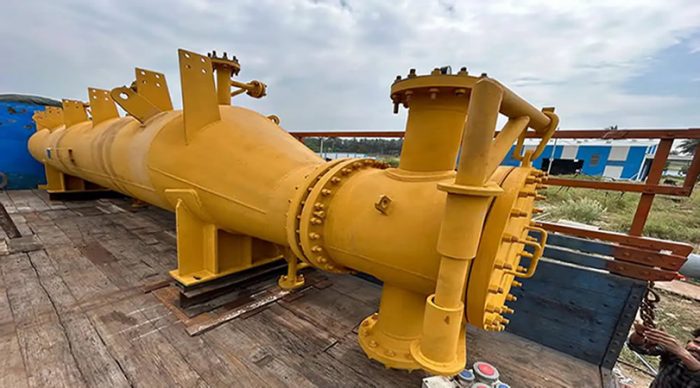
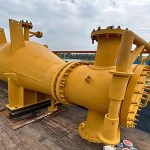
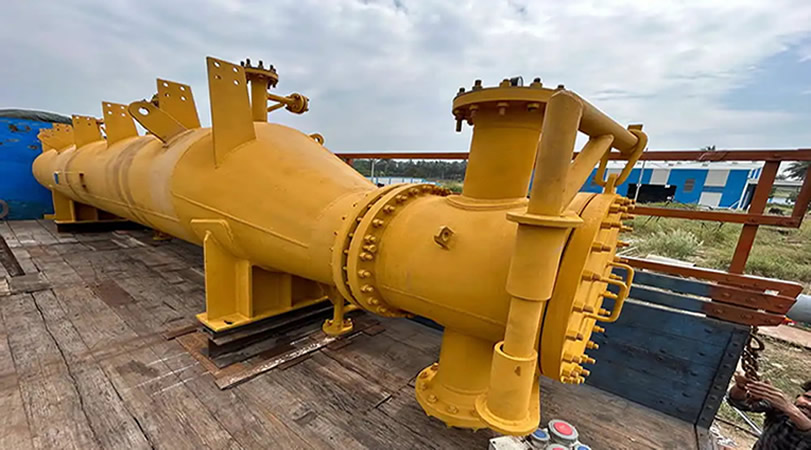
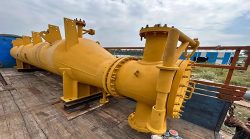




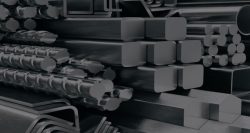
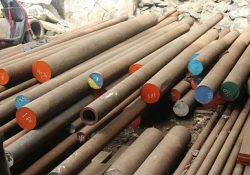





















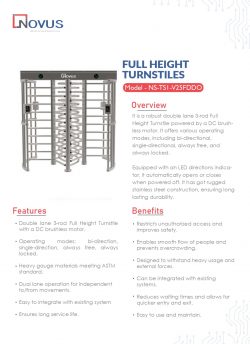












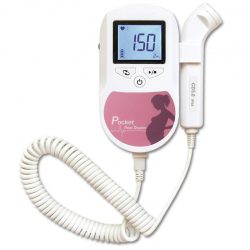
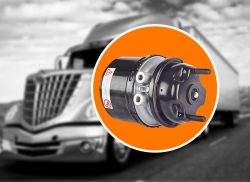
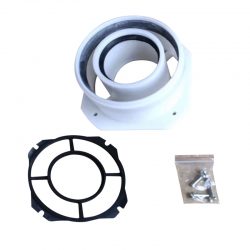

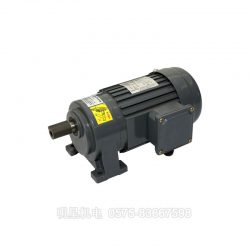
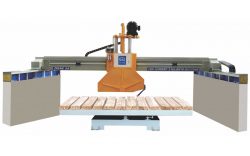
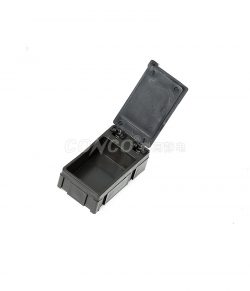
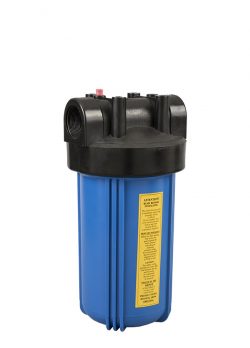
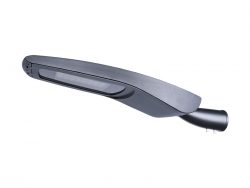

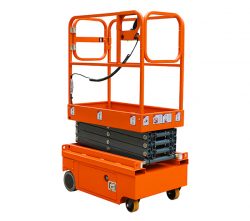

Heat Exchanger Manufacturer